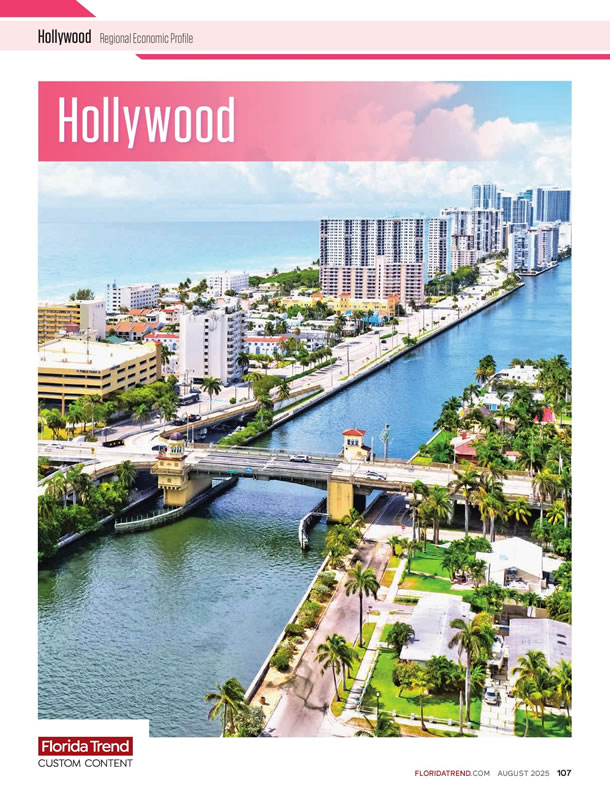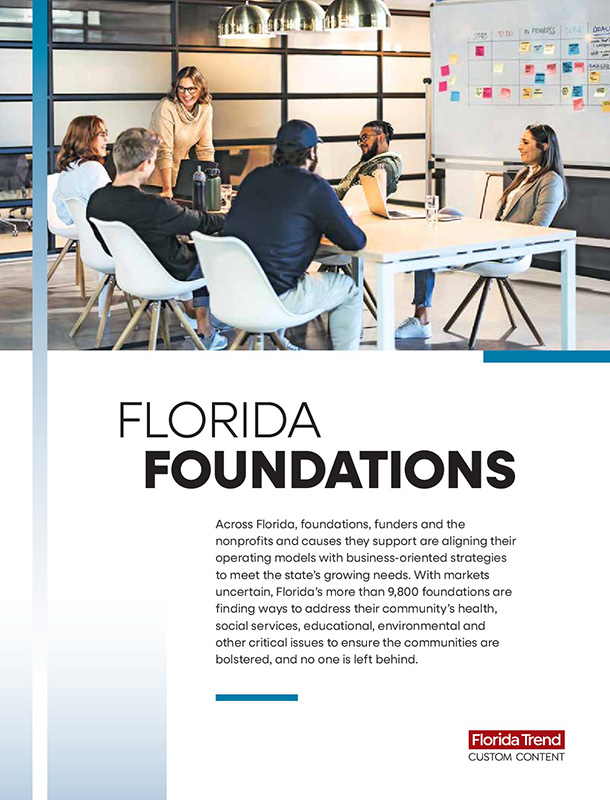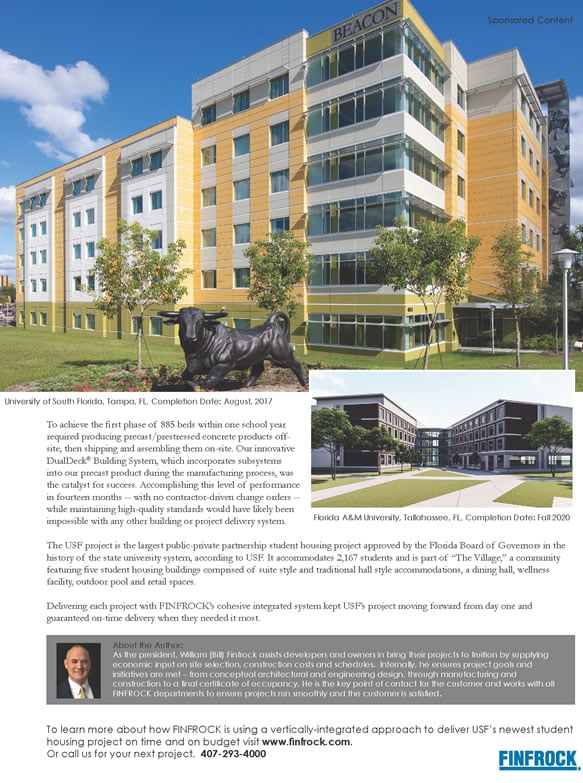What do an otolaryngologist, a gastroenterologist, a dermatologist and Muhammad Ali’s fight doctor have in common? They were all featured artists at an exhibit this fall in Boca Raton. The Elaine Baker Gallery, known for its modern and contemporary collections that include famous artists such as Robert Rauschenberg and James Rosenquist, showcased 150 works by 37 medical professionals, all from Florida, in an exhibit titled “The Art of Medicine.”
“Being a physician is a very creative field,” says Dr. Peter Salomon, one of the physician/artists represented. “People who go into medicine are not your 9-to-5ers. They tend to be creative, non-conformist individuals.”
 “Man in the Waiting Room” - oil on canvas “This is a man I encountered in a waiting room while on a mission; he had features unique to people of Ecuador and had the expression of someone who’s been around the block.” |
 Dr. Jamie R. Morhaim, 53
Dr. Jamie R. Morhaim, 53Retired dermatologist / painter / Parkland
Med School: Columbia University
Style: “I am a realist. I like the human image, particularly the face. I want to capture the expression that gives the person a sense of being human.”
Full-Time Devotion: An accident in 2001 left Morhaim without the use of his left hand, prematurely ending a career in surgical dermatology while jump-starting his return to painting as a full-time profession.
Morhaim painted throughout high school and college. He’s had work on display at juried shows and also does pieces on commission.
 [Photo: Brian Smith] |
Retired physician / painter / Miami
Med School: University of Miami
On Display: His artwork is displayed all over the state, including the governor’s mansion and the Tampa mayor’s office.
Style: Van Gogh, Diego Rivera influences. “I’m a realist, a colorist. That’s basically it, with a bit of Cubism.”
Progression: Much of Pacheco’s early work is autobiographical and defines the Ybor City experience in Tampa, where he grew up. His later work focused on Muhammad Ali. For the last 20 years, he’s focused on his signature style — breaking up faces into pieces and using color indiscriminately. One example: His portrait of Mahatma Gandhi that was purchased by the U.N. and used for a commemorative stamp for the International Day of Non-Violence, which honors Gandhi.
 “Space Shuttle Sky” - photograph Taken an hour after a space shuttle launch, a series of nine panoramic photos were “stitched” together on a computer. “I happened to look up and see this contrail left over from the launch. This picture was one in a million. I was in the absolutely coolest spot. I knew how to do the stitching.” |
 Dr. Mark Widick, 48
Dr. Mark Widick, 48
Otolaryngologist / photographer / Boca Raton
Med School: University of Florida
Equipment: Military reconnaissance camera with 110V power supply that was used during the Vietnam War. Widick bought it on eBay. “It lets me do things that nobody else can do.”
Astro Niche: Widick is a self-proclaimed “frustrated astronaut.” His shuttle launch photos in the show attest to that. His father was an engineer at NASA, so Widick grew up fascinated with the U.S. space program, and with photography. “When I was 11, I was taking pictures of the Apollo 15 launch.” He still has the photo. It’s square with the date printed on it; he took it with a little box camera.
 “On the Edge” - acrylic on canvas Adaptation of a 1960s photo. Social commentary depicting the social pecking order of the ’60s |
 Dr. Peter Salomon, 50
Dr. Peter Salomon, 50
Gastroenterologist / painter
Boca Raton
Med School: New York University
Art Training: Self-taught
Biggest Influence: Andy Warhol. “He showed that anyone could paint; everything was art. His work gave me license to paint.”












